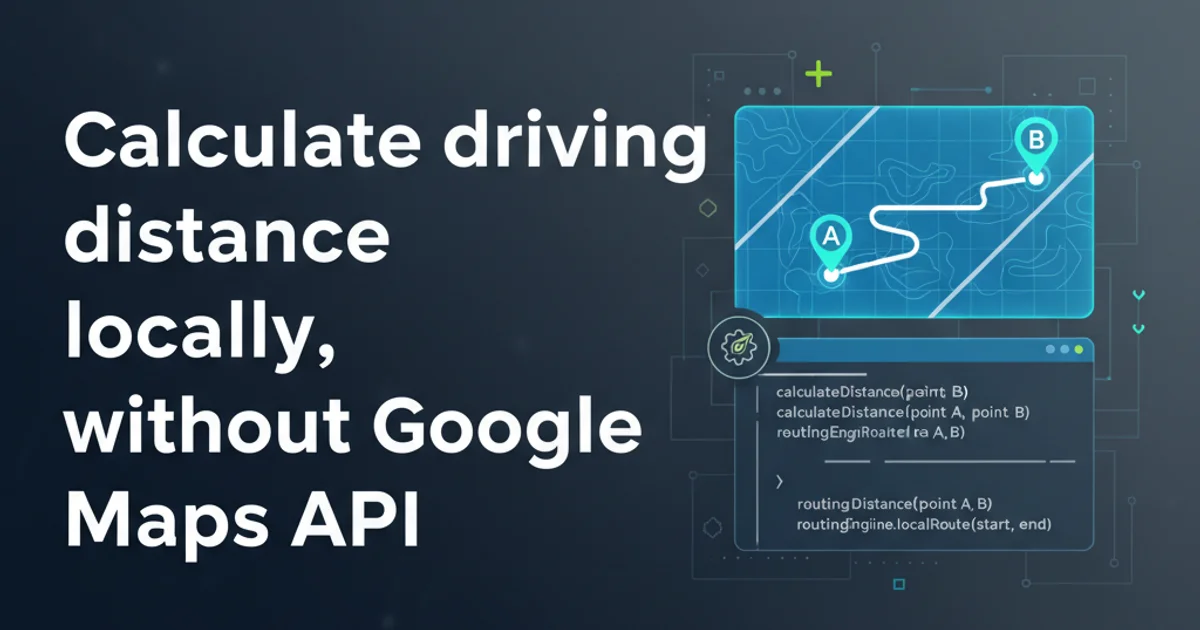Most interesting non-mainstream language?
Categories:
Beyond the Mainstream: Exploring Fascinating Niche Programming Languages

Dive into the world of non-mainstream programming languages. Discover unique paradigms, innovative features, and the specific problems these languages excel at solving, offering fresh perspectives on software development.
While languages like Python, Java, and JavaScript dominate the software development landscape, a vibrant ecosystem of lesser-known languages offers intriguing alternatives. These 'non-mainstream' languages often push the boundaries of language design, introduce novel programming paradigms, or are meticulously crafted for highly specialized domains. Exploring them can broaden your understanding of computation, inspire new approaches to problem-solving, and even introduce you to communities passionate about unique technological philosophies.
Why Explore Non-Mainstream Languages?
Venturing beyond the popular choices isn't just an academic exercise; it offers tangible benefits. It exposes developers to different ways of thinking about problems, such as functional programming in Haskell or logic programming in Prolog. These languages often feature elegant solutions to complex challenges, leading to more robust, concise, or performant code in specific contexts. Furthermore, understanding the design choices behind these languages can make you a better programmer in any language, by deepening your appreciation for language features and their implications.
flowchart TD
A[Developer Curiosity] --> B{Discover Niche Language}
B --> C{Learn New Paradigm}
C --> D[Expand Problem-Solving Toolkit]
D --> E{Improve Mainstream Language Skills}
E --> F[Innovate & Create Unique Solutions]
B --> G{Join Specialized Community}
G --> FThe journey and benefits of exploring non-mainstream programming languages.
Spotlight on Unique Paradigms and Domains
Let's look at a few examples that showcase the diversity and ingenuity found outside the mainstream. Each of these languages offers a distinct approach to computation or targets a specific problem space, making them fascinating subjects for study and application.
Elixir: Concurrency and Fault Tolerance
Built on the Erlang VM (BEAM), Elixir is a dynamic, functional language designed for building scalable and maintainable applications. It leverages Erlang's battle-tested concurrency model, which uses lightweight processes that communicate via message passing. This makes Elixir exceptionally good for distributed systems, real-time applications, and fault-tolerant services. Its syntax is reminiscent of Ruby, making it approachable for many developers, while its powerful macro system allows for domain-specific language (DSL) creation.
defmodule MyServer do
use GenServer
def start_link(initial_state) do
GenServer.start_link(__MODULE__, initial_state, name: :my_server)
end
def handle_call(:get_state, _from, state) do
{:reply, state, state}
end
def handle_cast({:set_state, new_state}, _state) do
{:noreply, new_state}
end
end
# Usage:
{:ok, _pid} = MyServer.start_link("initial")
GenServer.call(:my_server, :get_state) # => "initial"
GenServer.cast(:my_server, {:set_state, "updated"})
GenServer.call(:my_server, :get_state) # => "updated"
A simple Elixir GenServer demonstrating its actor-model concurrency.
Forth: Stack-Oriented and Extensible
Forth is a unique, stack-oriented programming language known for its extreme extensibility and minimal footprint. Programs are written as a series of 'words' (functions) that manipulate a data stack. Its interactive nature and ability to define new words from existing ones make it incredibly powerful for embedded systems, bootloaders, and situations where resource efficiency and direct hardware control are paramount. Learning Forth forces a different way of thinking about computation, focusing on data flow and composition.
: DUP ( n -- n n ) ; \ Duplicates the top of the stack
: SWAP ( n1 n2 -- n2 n1 ) ; \ Swaps the top two items
: OVER ( n1 n2 -- n1 n2 n1 ) ; \ Copies the second item to the top
: ROT ( n1 n2 n3 -- n2 n3 n1 ) ; \ Rotates the top three items
: SQUARE ( n -- n*n ) DUP * ; \ Defines a new word 'SQUARE'
5 SQUARE . \ Puts 5 on stack, calls SQUARE, prints result (25)
Basic stack manipulation and word definition in Forth.
Idris: Dependent Types for Verified Software
Idris is a general-purpose functional programming language with dependent types. This means that types can depend on values, allowing the compiler to verify properties of your program at compile-time that would typically only be caught at runtime in other languages. This capability enables the creation of 'provably correct' software, making it highly interesting for critical systems where correctness is paramount. While challenging to learn, Idris offers a glimpse into the future of software verification and robust system design.
data Vect : Nat -> Type -> Type where
Nil : Vect Z a
(::) : a -> Vect k a -> Vect (S k) a
append : Vect n a -> Vect m a -> Vect (n + m) a
append Nil ys = ys
append (x :: xs) ys = x :: (append xs ys)
-- The type signature of 'append' guarantees that the length of the result
-- vector is the sum of the lengths of the input vectors, verified at compile-time.
Idris code defining a length-indexed vector (Vect) and an append function, with type-level guarantees.